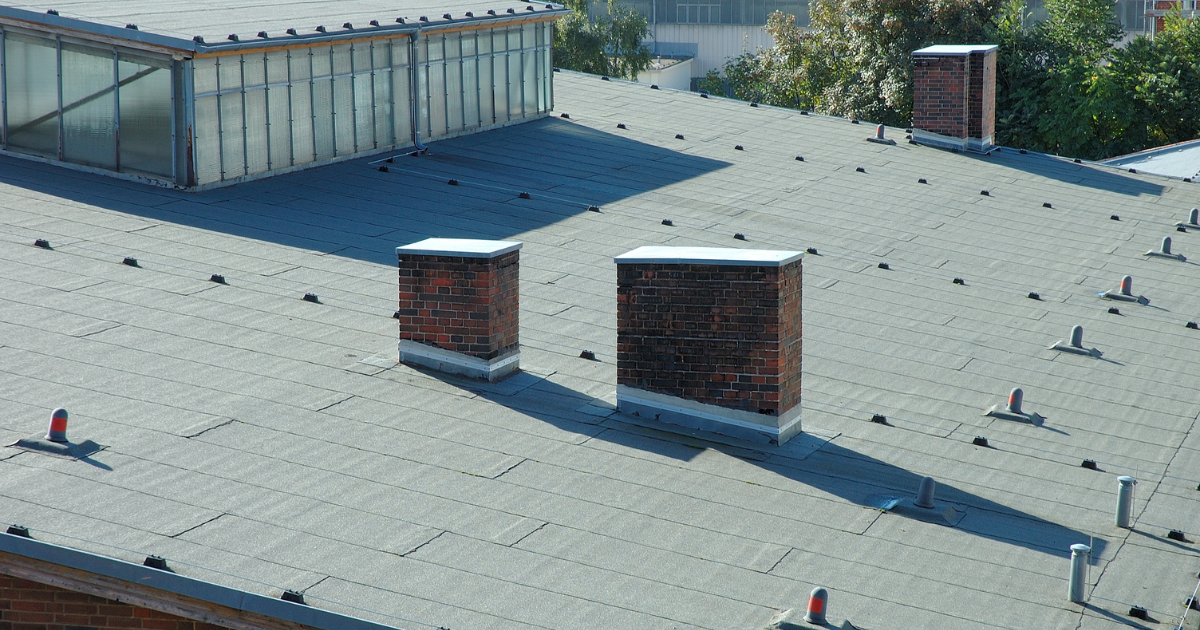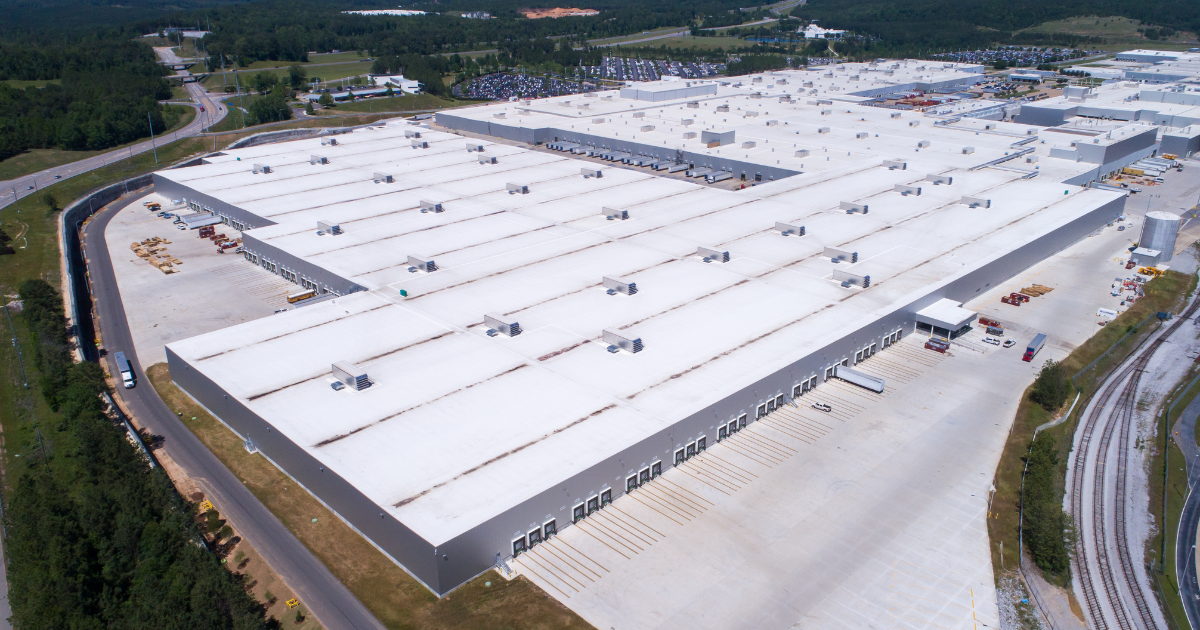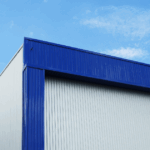
That tiny hole on your commercial building’s roof might seem insignificant now, but it silently threatens your entire infrastructure and bottom line. Even minor punctures create entry points for water that gradually destroy insulation, compromise structural integrity, and foster toxic mold growth – all while remaining virtually invisible until severe damage shows. Most building owners discover these issues only after noticing interior water stains, unexplained energy bill increases, or ceiling leaks during heavy rainfall. By then, what could have been a simple repair and maintanance job has often escalated into a major expensive renovation project.
Without proper inspection protocols and upkeep strategies, these small vulnerabilities quickly turn into significant problems that disrupt business operations and drain financial resources. We understand all these challenges intimately and wrote this article to explore how to identify, address, and prevent flat roof punctures before they compromise your commercial property. Let’s get started.
Understanding Roof Vulnerabilities and Early Detection
Flat roofing systems remain popular for commercial structures due to their cost-effectiveness and practicality. However, this design choice comes with inherent vulnerabilities that business owners must actively manage. Understanding the common causes of punctures and recognizing early warning signs can save you substantial costs.
Common Puncture Culprits in Commercial Settings
Flat roof punctures rarely happen spontaneously. They typically result from specific activities or environmental factors, such as:
Maintenance Traffic
Every time someone walks on your roof to repair equipment or perform inspections, they risk creating small tears or punctures, especially when carrying tools.
Equipment Installation
The installation or maintenance of rooftop units – including HVAC systems, satellite dishes, solar panels, or communication equipment – frequently leads to membrane damage, particularly when installers lack proper training in roof protection protocols.
Weather-Related Damage
Weather impact on roofs and commercial building performance is particularly evident during storms, when tree branches, broken signage, and even significant hailstones can puncture roofing membranes.
Construction Debris
Left-behind tools, fasteners, or construction materials from previous work often create punctures over time as they become embedded in the roofing membrane.
Wildlife Activity
Birds, rodents, and other animals seeking shelter or nesting areas may damage roofing materials through pecking, scratching, or gnawing behaviors.
Understanding these common causes helps create prevention strategies that protect your commercial property. However, even with preventative measures in place, proactive roof maintenance through regular inspections remains essential for catching problems early and preventing costly damage.
Recognizing Warning Signs Before Major Damage Occurs
Early intervention requires knowing what to look for during roof inspections:
Visible Membrane Changes
Look for blisters, cuts, tears, or actual punctures in the roofing membrane. Even small perforations warrant immediate attention.
Water Pooling Patterns
Areas where water collects after rainfall often indicate low spots that may have resulted from insulation compression caused by puncture damage. Preventing water damage in commercial roofs starts with addressing these pooling issues.
Spongy or Soft Spots
When walking on the roof, areas that feel unusually soft or spongy typically indicate water has already penetrated the membrane and compromised underlying materials.
Interior Indicators
Water stains on ceilings, unexplained musty odors, or sudden increases in energy costs may signal that puncture damage has already allowed moisture infiltration.
Membrane Displacement
Sections of roofing membrane that appear loose, lifted, or displaced from their original position often suffer from fastener damage that creates puncture vulnerabilities.
The time between initial puncture damage and noticeable interior leaks can span weeks or even months depending on factors like rainfall frequency and puncture location. This delay makes regular professional inspections invaluable, as they catch problems before they manifest as costly interior damage.
Professional assessments should occur at least twice a year, with additional inspections following any severe weather events or rooftop work. Between these professional evaluations, facility managers should conduct basic visual checks to identify obvious concerns.
Professional Repair Methods That Prevent Recurrence
When addressing roof punctures, choosing the right repair approach determines both immediate effectiveness and long-term durability. Professional repair methods go beyond simple patching to address underlying issues and prevent future vulnerabilities.
The Comprehensive Repair Process
At Silicoat Roofing, we follow a systematic approach to flat roof puncture repair that ensures complete restoration of roofing integrity:
Thorough Assessment
Before attempting repairs, we conduct a comprehensive roof evaluation using moisture detection equipment and infrared scanning to identify both visible punctures and hidden moisture that may indicate additional damage points.
Surface Preparation
Proper adhesion depends on thorough cleaning and preparation of the damaged area. We remove debris, contaminants, and any compromised roofing material around the puncture site.
Protective Coating Application
Following structural repairs, we apply our proprietary silicone-based protective coating. This additional layer serves multiple functions – it reinforces the repair, reflects UV radiation to reduce thermal stress, and provides an additional water barrier for enhanced protection.
Quality Verification
Each repair undergoes rigorous testing to verify complete restoration of water resistance before we consider the job complete.
The difference between amateur patches and professional repairs becomes evident during the next heavy rainfall. While quick fixes may temporarily stop leaks, professionally executed repairs address the entire affected area and integrate seamlessly with existing roofing systems.

Preventative Maintenance Strategies for Long-Term Protection
Preventing flat roof punctures saves significantly more money than repairing them. A strategic maintenance program protects your investment while extending your commercial roof lifespan far beyond standard expectations.
Creating a Structured Maintenance Protocol
Effective flat roof maintenance follows a structured schedule with specific activities assigned to appropriate intervals:
Monthly Visual Inspections
Train your staff to conduct basic visual checks for obvious issues like debris accumulation, displaced materials, or visible damage. These quick assessments take minutes but catch problems before they escalate.
Quarterly Drainage Maintenance
Ensure all drains, scuppers, and gutters remain clear of debris. Poor drainage creates water weight that stresses vulnerable areas and accelerates deterioration around existing punctures.
Bi-Annual Professional Inspections
Schedule comprehensive professional assessments each spring and fall. These should include membrane examination, seam testing, flashing inspection, and moisture detection to identify concealed issues.
Post-Event Evaluations
After severe weather or any rooftop work, conduct special inspections focused on potential new damage points. This immediate response prevents small issues from developing into significant problems.
Documentation and Tracking
Maintain detailed records of all inspections, repairs, and maintenance activities. This historical data helps identify patterns and predict vulnerable areas requiring additional protection.
By establishing this structured approach, you transform roof maintenance from a reactive expense into a proactive investment that preserves capital and prevents business disruption.
Implementing Physical Protection Systems
Beyond maintenance schedules, physical protection measures provide tangible barriers against puncture damage:
Designated Access Pathways
Install walkway pads or pavers creating clear pathways to equipment and other access points. They distribute weight and provide cushioning that prevents membrane compression and puncture.
Perimeter Protection
Install guards or screens that prevent wind-blown debris from landing on and potentially puncturing the roof surface.
Equipment Mounting Solutions
Use specialized mounting systems for rooftop equipment that distribute weight appropriately and minimize penetrations through the roofing membrane.
Protective Coatings
Apply specialized silicone coatings across the entire roof surface or in vulnerable areas. They enhance puncture resistance while providing additional waterproofing protection.
When implemented systematically, these physical protections dramatically reduce puncture frequency while extending your roof’s overall lifespan. Plus, they represent a fraction of the cost of premature roof replacement.
Training and Access Control
Many roof punctures result from human activity, making education and access management critical prevention components:
Contractor Guidelines
Develop and strictly enforce rules for all contractors working on your roof. These should include equipment handling protocols, weight distribution requirements, and prohibited activities.
Access Restrictions
Implement formal access control that limits roof entry to essential personnel with proper training. Each access event should be documented and inspected afterward.
Staff Education
Provide basic roof protection training to maintenance staff who regularly access the roof. Simple awareness of vulnerable areas and proper movement techniques significantly reduces accidental damage.
With these preventative systems in place, most commercial buildings experience dramatically fewer puncture incidents and longer periods between major roofing interventions.

Common Questions About Flat Roof Puncture Repair
How quickly should puncture damage be addressed?
Puncture repairs should be conducted as soon as possible after discovery. Even small holes allow moisture penetration that compounds damage exponentially over time. For urgent situations, our emergency commercial roof repair service is always ready for your call.
How can I determine if my roof has puncture damage?
While professional inspection provides the most reliable assessment, building owners should watch for warning signs including interior water stains, unexplained increases in energy costs, membrane displacement visible from roof access points, and water pooling in new areas after rainfall. Regular inspections twice a year represent the best detection strategy.
What makes silicone coatings superior for puncture protection?
Silicone coatings maintain flexibility throughout their service life, unlike acrylic alternatives that become brittle with UV exposure. This continued flexibility allows them to absorb impact without cracking or tearing. Additionally, silicone formulations adhere exceptionally well to existing membranes, creating a seamless protective layer that resists both punctures and water infiltration.
Does insurance typically cover puncture damage repairs?
Insurance coverage varies between policies. Most cover sudden damage from events like storms but may exclude damage resulting from wear and tear or inadequate maintenance. We provide detailed documentation and work directly with insurance adjusters to maximize coverage eligibility for qualifying damage.
Is roof replacement a better option than repairing multiple punctures?
This depends on puncture concentration and underlying roof condition. When punctures are isolated and the roof system remains structurally sound, targeted repairs provide excellent value. When damage affects more than 25% of the roof surface or the roof approaches the end of its expected service life, replacement often proves more economical long-term. Our assessment helps you make an informed decision on that matter.
Protecting Your Commercial Investment
Every roof puncture represents a vulnerability that threatens not just your roofing system but your entire building. Early detection and professional intervention prevent minor issues from escalating into major expenses that impact both your facility and operations.
Silicoat Roofing’s integrated approach to flat roof puncture repair addresses immediate damage while implementing systems that prevent future issues. Don’t wait until water damage appears inside your building. Contact us today for a comprehensive roof assessment that identifies vulnerabilities before they compromise your commercial investment. Our team stands ready to serve commercial buildings throughout Detroit with professional flat roof puncture repair and protection services.
About the Author
Rick Dodaj is the founder and CEO of Silicoat Roofing, specializing in commercial roofing solutions that protect businesses and their investments. With extensive experience in commercial roofing, Rick leads a team dedicated to providing cost-effective, long-lasting roofing solutions. Connect with him on LinkedIn to learn more about commercial roof maintenance and protection strategies.


 Previous Post
Previous Post Next Post
Next Post